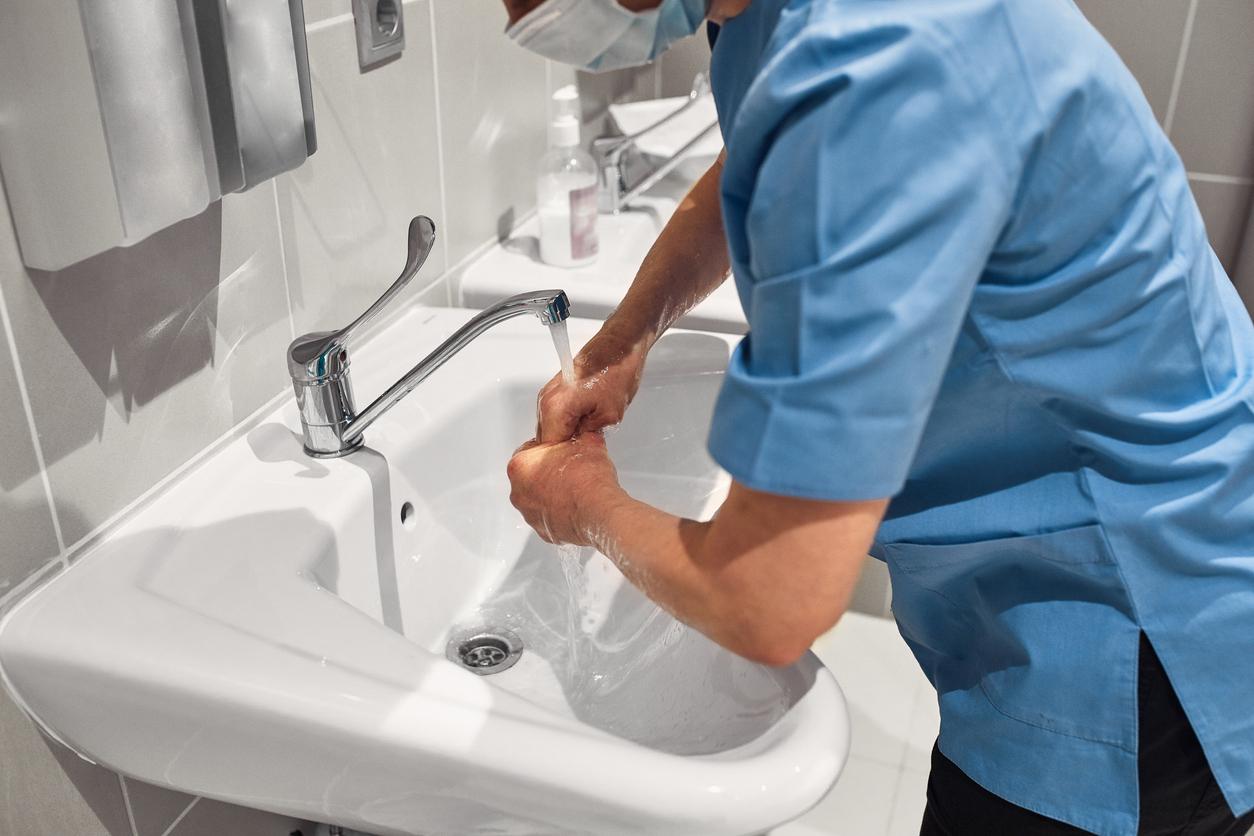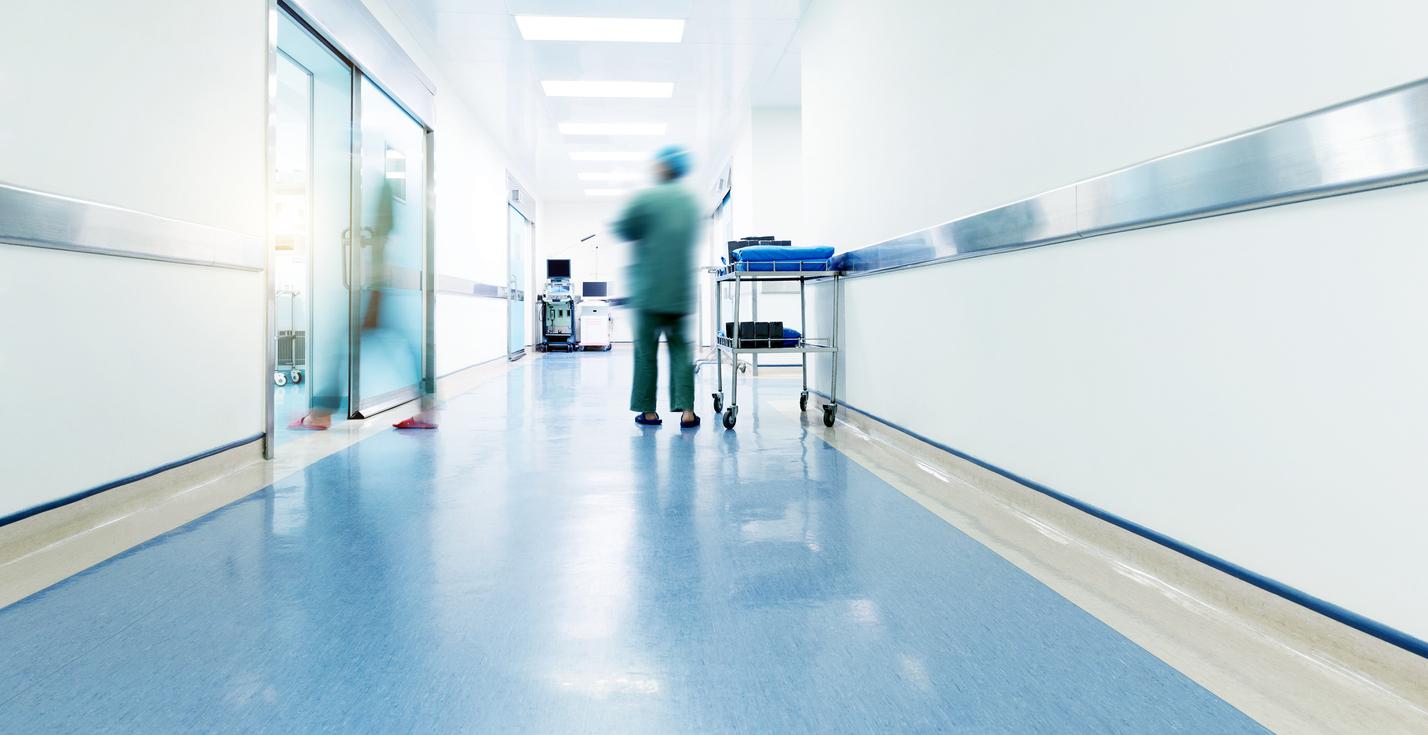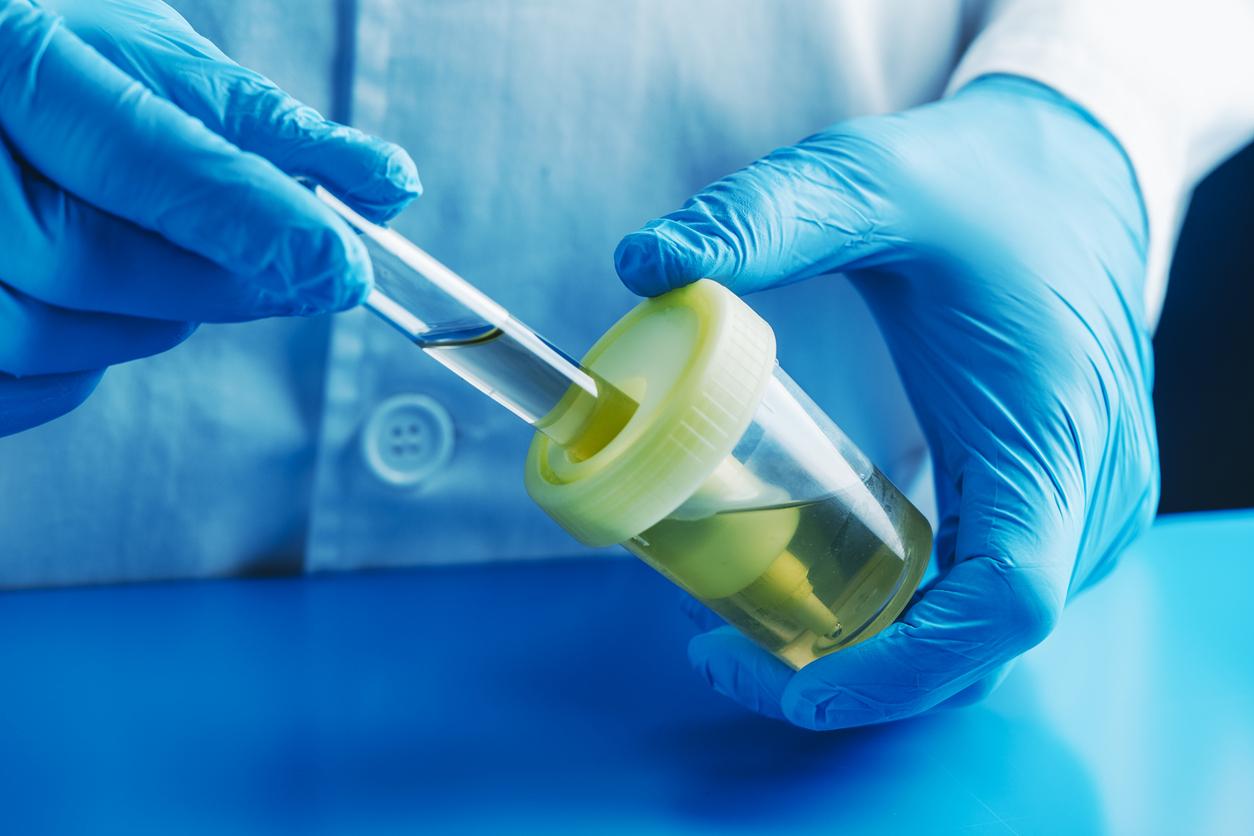A space expedition to Mars for 2030? Before being able to leave, the astronauts will have to be ready to be completely autonomous to watch over their physical and psychological health.
In the aisles of the Paris Air Show, which will close its doors tomorrow, visitors rave about planes, the A400 M, the giant Airbus transporter, or the European combat drone, but their eyes also widen in front of the models. space launchers or suborbital vehicles …
The recent words of the President of the United States, Barack Obama, who hopes for a first trip to Mars by 2030, stir the spirits. Last April, the American president made a surprising request to NASA, the American space agency: capture an asteroid! The latter must then be deviated from its trajectory and placed in orbit between Earth and Mars. It will thus serve as a springboard for the next trip to the red planet …
A manned flight to Mars is a technical and human challenge out of all proportion to a lunar expedition: a life support system operating in a closed circuit over long periods (more than 500 days), psychological problems of a crew confined in a restricted space. in a particularly stressful context, physiological problems resulting from the absence of gravity over prolonged periods as well as the effect of radiation on the organism… So, from a medical point of view, is this type of expedition possible? The answer is in the affirmative for Dr Bernard Comet, who works at the Institute of Medicine and Spatial Physiology in Toulouse (MEDES), an experienced man who has been a crew doctor for many French and European astronauts.
Listen to Dr Bernard Comet, MEDES. ” For more than 50 years of human exploration in microgravity, we have started to have a good idea of the pathologies that occur and the means to contain them. “
However, there are still some technological and psychological challenges to overcome. From a technological point of view, it will be necessary for the medical device to be completely autonomous because the crew is not immune from the occurrence of trauma or infections. “The crew will not be able, as is currently the case in the international space station, to return to Earth within 24 hours, underlines Dr. Comet. For a mission to Mars, an emergency return becomes completely impossible. ”
In addition, telecommunications with a support team on Earth will take much too long. “The further the crew moves away from Earth, the longer the transmission times will be,” specifies the medical specialist. It will take around forty minutes for a message to leave and return between the operator and the receiver, but medical emergencies obviously require faster responses. So the key word will be the autonomy of the crew. It is for this reason that a doctor will have to be part of the crew, a doctor with surgical skills. Is a weightless, microgravity operation possible? “Animal operations were performed in the Mir station, and operations were performed in transparabolic flights which allow operation in microgravity situation.
Listen to Dr Bernard Comet. ” Suturing is quite possible. “
There is still the psychological challenge. Expeditions in extreme conditions in Antarctica, in the Mir station, or the Mars 500 simulation experiment have made it possible to apprehend the psychological challenges that astronauts would have to face if they left for Mars. But all is not yet settled. “Apparently, having a single leader is not very good because if he is defective, he must be able to be replaced,” says Dr Comet. But how many do you need? does the crew have to be mixed? There is not yet a consensus on these issues ”.
Listen to Dr Bernard Comet. ” We lack knowledge and rules to make a team, a small optimal team. ”
Another problem to be solved: what type of medical equipment can we take? “Obviously, it is out of the question to leave with the equipment of a university hospital, jokes Dr. Comet. But the crew will need an X-ray system to detect possible fractures, for example. Another need: detection devices to know if a bacterium, a fungus or a microorganism is polluting the atmosphere of the spacecraft. “The setting up of a rapid detection system without going through the cultivation of strains”.
Listen to Dr Bernard Comet. ” There is a risk that onboard bacteria have mutations “.
Then, it will also be necessary for the crew to be able to keep in shape. Physical exercise being the universal medicine, how to ensure that a crew can follow the recommendations of the WHO, 10,000 steps per day, in a situation of hyper-inactivity, in a narrow and confined machine? “On board the Mir station, we already use bicycles, treadmills, explains Bernard Comet, NASA is also considering making people run in a ring that revolves around the transfer vehicle with a running track that would be in rotation and would subject the astronauts runners to a centrifugal force which would allow them to maintain themselves and to prepare to live again in terrestrial gravity… ”A system which the scenario writer Stanley Kubric had thought for his film“ 2001, the odyssey of space “.
.

















